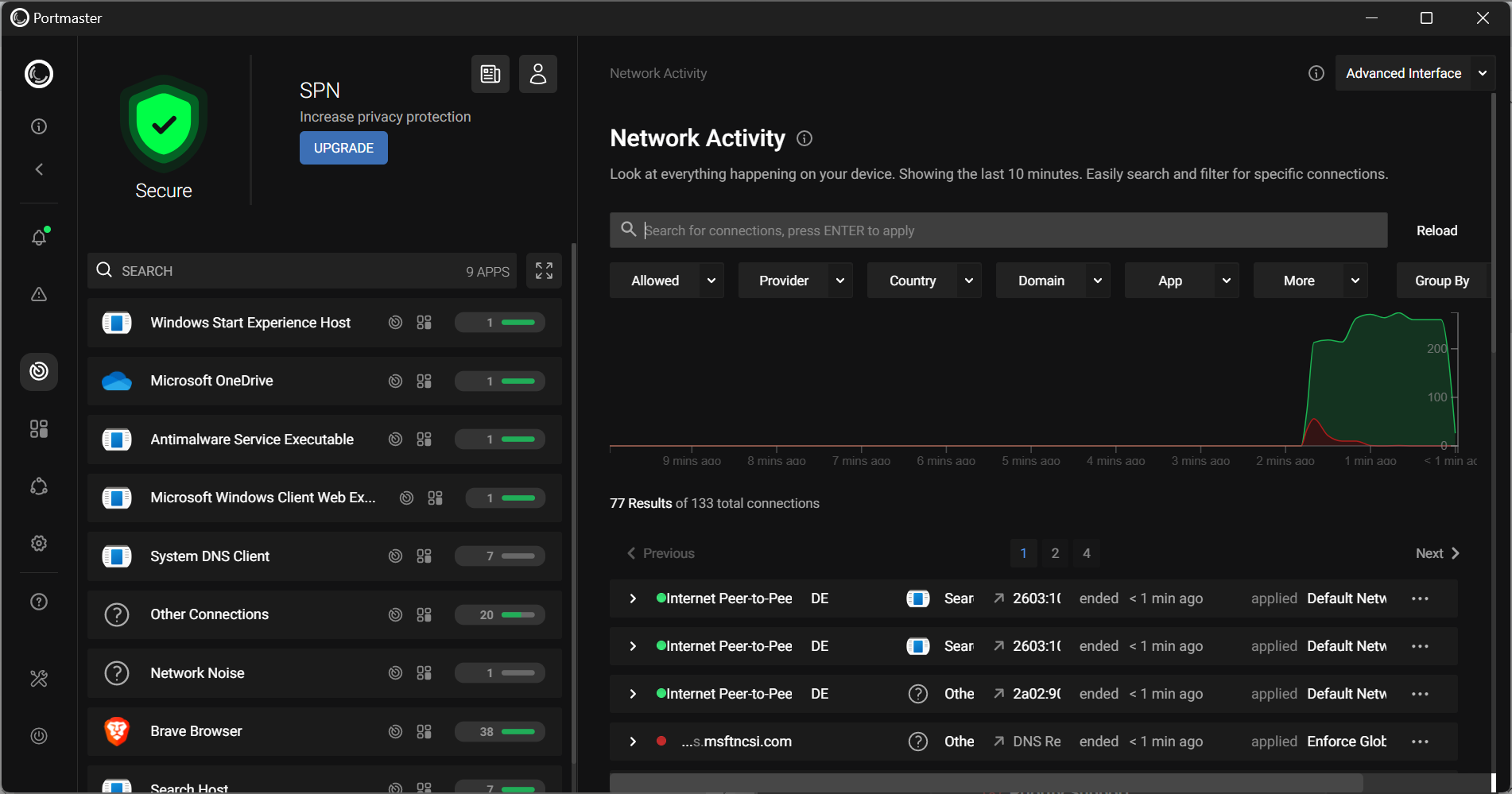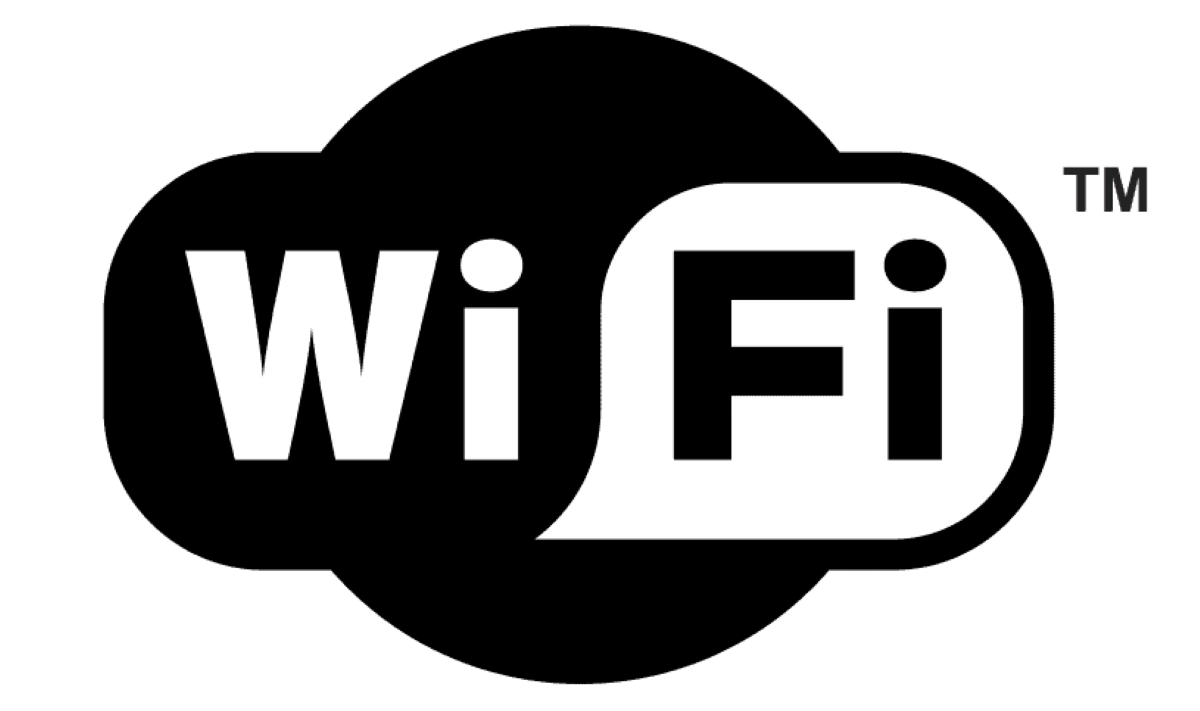WiFi Basics Part 3: 802.11ac

Like 802.11n, the IEEE released a draft of the amendment before its final release. These early devices are known as “Wave 1â€. Unless you 11ac router is less than a year old, it falls into this category. The final release was in January 2014 and the subsequent equipment known as “Wave 2â€.
The majority of this article will compare 11ac to 11n because it really is an enhancement of 11n.
Let’s start with what 11ac doesn’t do:
- Does not work in the 2.4GHz band; 5GHz band only
- Does not provide more range/coverage
The overall goal for 802.11ac is to provide significantly more bandwidth. It does this using several methods.
More Channel Bonding. Remember 11n allows up to 4 channels to be bonded. 11ac allows up to 8 channels. If used to the fullest extent, throughput is doubled by this method alone. The one downside to this is channel planning. In the current allowable 5GHz band, only 2 channel groups can be used. This makes planning for multiple APs in an environment fairly difficult.
Enhanced modulation techniques. 11ac can use 256-QAM (Quadrature Amplitude Modulation) whereas 11n is only capable of 64-QAM. The technical details are far beyond this article, but the result is 33% more throughput.
More MIMO (Multiple Input Multiple Output). As with channel bonding, 11ac doubles the number of spatial streams from 4 to 8. Of course, this again doubles the throughput.
But don’t expect to see any 8x8 11ac WiFi equipment available in the consumer market due to design constraints and cost. Although at least one chip manufacturer is producing 8x8 SoC, there are no routers or APs available yet. For now, the fastest are the 4x4 devices.

Sadly no, this is an example of the newer Wave 2 routers; D-Link’s DIR-895. I just couldn’t resist the picture. Actually the spec sheet doesn’t specify whether it is a 3x3 or a 4x4, but it is a visual reminder of what the designers have to deal with. Imagine a router capable of 8 spatial streams…
While we’re on the topic of antennas, there are a couple of critical requirements. While 802.11ac is fully backward compatible with previous standards, you will only get the 11ac benefits if you’re connecting from an 11ac device. Another critical factor is the capability of your device. Does it have 1 antenna (1x1), 2 antennas (up to 2x2), etc? Below are typical antenna configurations:
- Smartphones: 1 antenna
- USB Adapters: 1 or 2 antennas
- Tablets: 1 or 2 antennas
- Laptops: 2 or 3 antennas
- Desktops (with PCI Express cards): 3 or 4 antennas
The end result is the lowest common denominator. If you’re connecting with a Smartphone, you will only get 1 spatial stream, no matter the capability of the AP.
| WiFi Standard | # of Channels | Bandwidth (MHz) | # of Spatial Streams | Modulation | Guard Interval | PHY Data Rate (Mbps) | Calculated Throughput (Mbps) |
| 802.11a | 1 | 20 | 1 | 64QAMr3/4 | Long | 54 | 24 |
| 802.11n | 1 | 20 | 1 | 64QAMr5/6 | Long | 65 | 46 |
| 1 | 20 | 1 | 64QAMr5/6 | Short | 72 | 51 | |
| 2 | 40 | 2 | 64QAMr5/6 | Short | 300 | 210 | |
| 2 | 40 | 3 | 64QAMr5/6 | Short | 450 | 320 | |
| 2 | 40 | 4 | 64QAMr5/6 | Short | 600 | 420 | |
| 802.11ac | 4 | 80 | 1 | 64QAMr5/6 | Long | 293 | 210 |
| 4 | 80 | 1 | 256QAMr5/6 | Short | 433 | 300 | |
| 4 | 80 | 2 | 256QAMr5/6 | Short | 867 | 610 | |
| 4 | 80 | 3 | 256QAMr5/6 | Short | 1300 | 910 | |
| 4 | 80 | 8 | 256QAMr5/6 | Short | 3470 | 2400 | |
| 8 | 160 | 1 | 256QAMr5/6 | Short | 867 | 610 | |
| 8 | 160 | 2 | 256QAMr5/6 | Short | 1730 | 1200 | |
| 8 | 160 | 3 | 256QAMr5/6 | Short | 2600 | 1800 | |
| 8 | 160 | 4 | 256QAMr5/6 | Short | 3470 | 2400 | |
| 8 | 160 | 8 | 256QAMr5/6 | Short | 6930 | 4900 |
Beamforming. 802.11ac has enhanced the beamforming capabilities. The technical details of beamforming are fascinating, but beyond the scope of this article. In summary, it is a method of transmitting RF through multiple antennas (using modulation amplitude and phase shifting) to create a physical zone where the signal appears stronger to the receiving device. This results in a more reliable signal, capable of higher throughput. Theoretically, it should also increase the coverage, but I have seen no tests that bear this out.
MU-MIMO (Multi User – Multiple Input Multiple Output). We’ve discussed MIMO before, but this is much better. We know that standard MIMO can communicate with an end device using up to 4 spatial streams, and 11ac increases that to 8 streams. The big difference is that MU-MIMO can use those (up to) 8 streams to communicate with up to 4 different devices simultaneously. This is a huge advantage in high-density environments. Note that this capability is only on Wave 2 devices only.
More power efficiency. Because of the dramatically increased throughput of 11ac, devices spend less time transmitting, thus less power is used.
Despite the cost (20-50% more than 11n), there is no doubt 11ac will spread quickly. For instance, I know there are several major hotel chains deploying 802.11ac access points right now.
As always, if you have ideas for an article, please share them in the comments below.


















Non-technical comment: Great articles Kevin!! Please share more about Wi-Fi. Waiting for Part-4. Thanks!
People that have to use the old B/G protocol over a wireless turbo hub. Then when upgrading to a high speed wireless 4G LTE turbo hub. What kind of numbers are they looking at, or will buying a signal booster 4 speed just a waste of money?
Depending on the specific device you get, it will support at least 802.11n, possibly 802.11ac.
Assuming your client device (laptop, tablet, phone) supports 11n, you should see better coverage and speeds.
As to whether you will need a ‘signal booster’, that depends entirely on the local environment.
I would try it out first before deciding.
Although the 802.11ac specification doesn’t include *any* support for 2.4GHz radios, I’ve heard that, with 802.11n, most routers still use silicon that includes it for backwards compatibility (I’m on my second 11n router that does, from a D-Link N150 to an Asus N750); is that still true of of 802.11ac receivers (network cards) and routers, or at least the majority? I can’t imagine any manufacturer that *could* include B/G compatibility risking losing market share by omitting it…
Just to clarify, 802.11n supports both 2.4GHz and 5GHz.
As far as 802.11ac, only 5GHz is supported. However I have not seen a manufacturer not include a 2.4GHz radio with 11n capability.
For instance, the popular Asus RT87 is also known as an AC2400 router. It supports 11ac on 5GHz with about 1730Mbps raw data rate, and 11n on the 2.4GHz radio with about 600Mbps. Hence the ‘2400’ designation. I know the math isn’t quite right, blame the advertising folks.
So is this type of router immune from the effects of A/B Protection?
An article on the disadvantages of using WEP protocol in plain english(I mean with example which normal users can understand) will be a good addition to this series. Still there are lot of users who are using WEP as their security and the worst part is they are using WEP with Shared Authentication which is known for its weakness.
Thanks Martin
Unfortunately, there really isn’t an easy way to tell. You have to look at the data sheet.
The key difference is the MU-MIMO capability.
Also many devices based on the Draft amendment do not support 160MHz channel bonding (8 channels).
There is good news though. Like what happened with 802.11n, most manufacturers promise their Draft devices would be upgradable to the full standard through firmware.
I briefly checked on Amazon and could not find information listed on product pages. I guess one needs to check the manufacturer’s website for those.
The ASUS AC87U and the AC3200 are wave two devices.
Kevin, excellent article. Is there an easy way to tell if a router is Wave 1 or Wave 2?